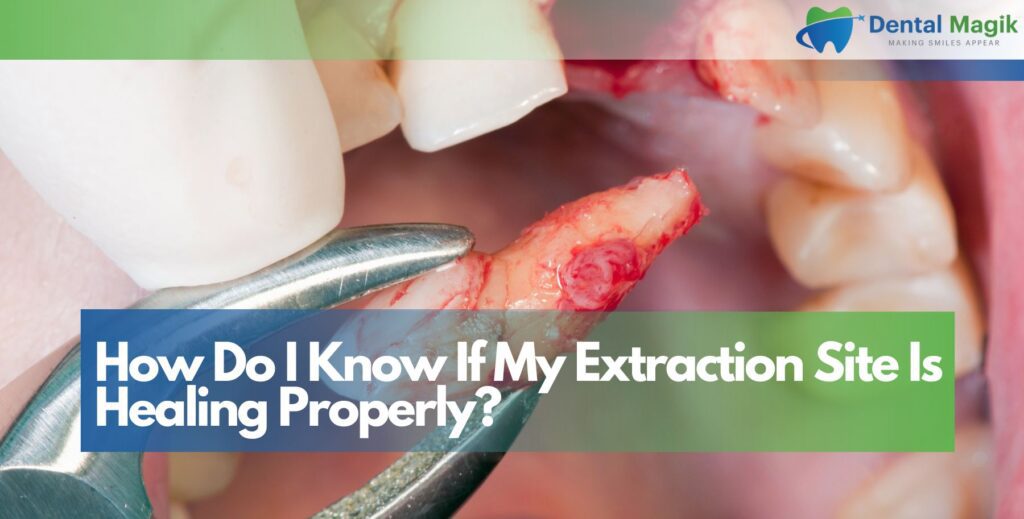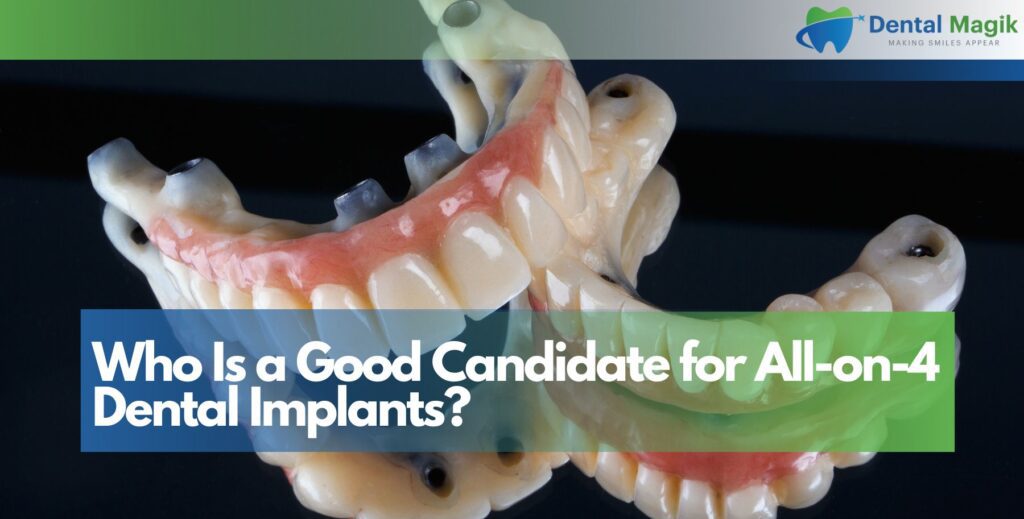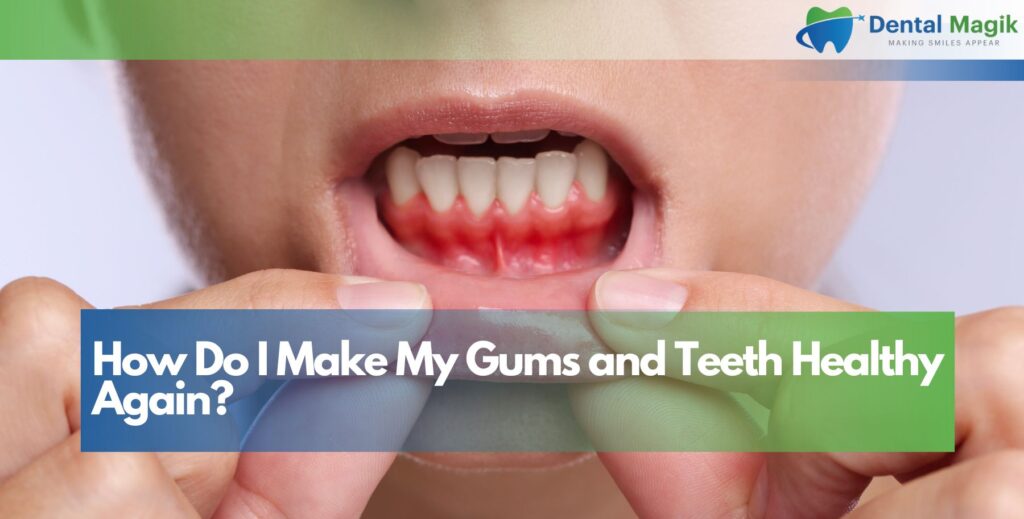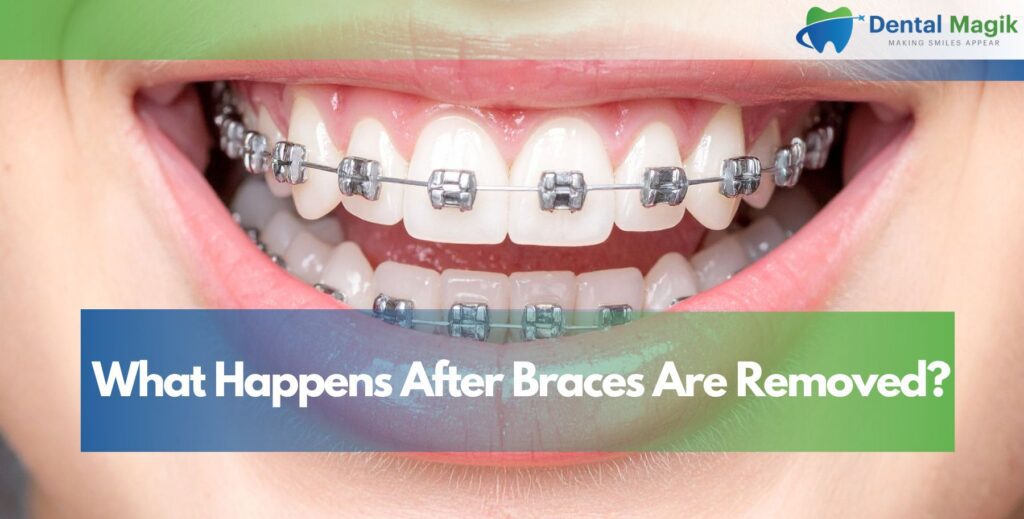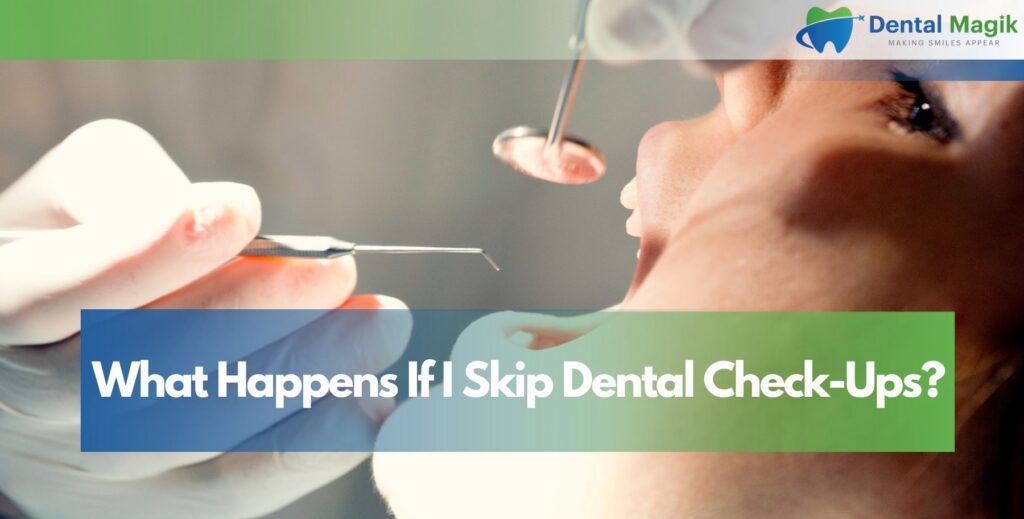Having a tooth extracted can be an anxiety-inducing experience, and the days following the procedure often bring questions and concerns about whether everything is healing as it should. Understanding the normal healing process and recognizing the signs of proper recovery can provide peace of mind during your post-extraction period. This comprehensive guide will help you identify what healthy healing looks like and when you might need to contact your dentist.
Table of Contents
Understanding the Normal Healing Timeline
The healing process after tooth extraction follows a predictable pattern, though the exact timeline can vary depending on factors like the complexity of the extraction, your overall health, and how well you follow post-operative instructions. Immediately after the procedure, a blood clot forms in the empty socket, which is the foundation for proper healing. This clot typically develops within the first few hours and should remain intact throughout the initial healing phase.
During the first 24 to 48 hours, you’ll likely experience some swelling, minor bleeding, and discomfort, all of which are completely normal. The extraction site will appear dark red due to the blood clot, and the surrounding gum tissue may look slightly inflamed. As the days progress, the swelling should gradually decrease, and any discomfort should become more manageable with over-the-counter pain medication.
The First Week of Recovery
The first week is crucial for establishing healthy healing patterns. By day three or four, you should notice significant improvement in your symptoms. The blood clot will begin to organize and transform into granulation tissue, which appears whitish or yellowish in color. Many patients mistake this for infection, but this pale tissue is actually a positive sign of healing. The site may still feel tender, but sharp pain should be subsiding.
After tooth extraction how long to heal completely depends on several factors, but most patients find that the initial soft tissue healing occurs within two to three weeks, while complete bone healing can take several months. During this first week, you should be able to gradually return to normal eating habits, though you’ll want to continue avoiding the extraction site when chewing.
Signs Your Extraction Site Is Healing Properly
Recognizing positive indicators of healing can help you relax and trust the process. A properly healing extraction site will show steady, progressive improvement rather than sudden changes. The pain level should decrease each day, though you may experience occasional twinges or sensitivity. The swelling should peak within the first 48 hours and then gradually diminish over the following days.
The extraction site should maintain its blood clot without excessive bleeding. While some minor oozing or blood-tinged saliva is normal for the first day or two, you shouldn’t experience continuous active bleeding. The tissues around the extraction area should transition from bright red to a healthier pink color as inflammation resolves, and the white or yellowish granulation tissue filling the socket indicates that new tissue is forming properly.
Physical Comfort and Function
As your extraction site heals properly, you should find it increasingly easier to perform daily activities like eating, drinking, and speaking. Your jaw mobility should improve, and any stiffness or soreness in the jaw muscles should gradually resolve. You should be able to open your mouth wider each day without significant discomfort. Your energy levels should return to normal as your body completes the initial healing response.
The ability to maintain oral hygiene around the extraction site, though carefully, is another positive sign. While you’ll need to be gentle, you should be able to brush your teeth and rinse your mouth without causing problems. Any temporary bad breath from the healing socket should improve as the site heals and you’re able to keep the area cleaner.
Warning Signs That Require Attention
While most extractions heal without complications, it’s essential to recognize warning signs that might indicate a problem. Severe, throbbing pain that worsens after the third or fourth day could indicate dry socket, a condition where the blood clot becomes dislodged prematurely. This condition requires professional intervention and is one of the most common complications following tooth extraction.
Excessive swelling that continues to increase after 48 hours, rather than improving, may signal infection or other complications. Similarly, if you develop a fever above 100.4°F (38°C), this could indicate your body is fighting an infection at the extraction site. Persistent bleeding that doesn’t respond to gentle pressure with gauze after the first day should also be evaluated by your dentist.
Infection Symptoms to Monitor
Infection at an extraction site presents distinct symptoms that shouldn’t be ignored. A foul taste or odor coming from the extraction site, beyond normal healing breath, can indicate bacterial infection. Pus or thick, yellowish-green discharge from the socket is a clear sign of infection requiring antibiotic treatment. The surrounding gums may become increasingly red, warm to the touch, and tender if infection develops.
Difficulty swallowing, breathing, or opening your mouth could indicate that swelling is becoming severe and spreading to surrounding tissues. Numbness or tingling that persists beyond the first few hours after anesthesia wears off might suggest nerve involvement and should be reported to your dentist promptly.
Supporting Optimal Healing
You play an active role in ensuring your extraction site heals properly by following post-operative care instructions. Avoid disturbing the blood clot by not using straws, smoking, or vigorously rinsing your mouth during the first few days. Stick to soft foods and gradually reintroduce firmer textures as comfort allows. Stay hydrated, get adequate rest, and keep your head elevated when lying down to minimize swelling.
Gentle saltwater rinses after the first 24 hours can help keep the area clean and promote healing. Take prescribed or recommended pain medications as directed, and complete any antibiotic course if prescribed, even if you start feeling better before finishing the medication.
Conclusion
Monitoring your extraction site and understanding normal healing patterns empowers you to recover confidently while knowing when to seek professional help. Most extractions heal smoothly when patients follow care instructions and maintain good oral hygiene. However, if you experience any concerning symptoms or simply feel uncertain about your healing progress, don’t hesitate to contact your dental care provider. For residents seeking expert post-extraction care and guidance, a trusted Dentist in East Brunswick, NJ can provide thorough evaluation and personalized support throughout your recovery journey, ensuring your extraction site heals completely and properly.

